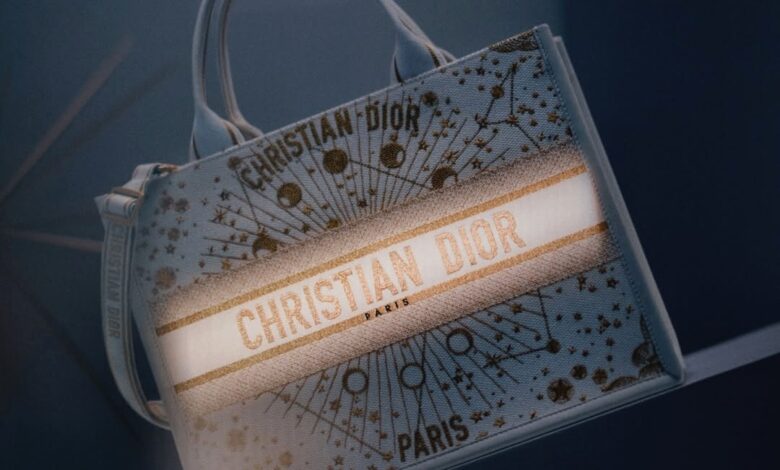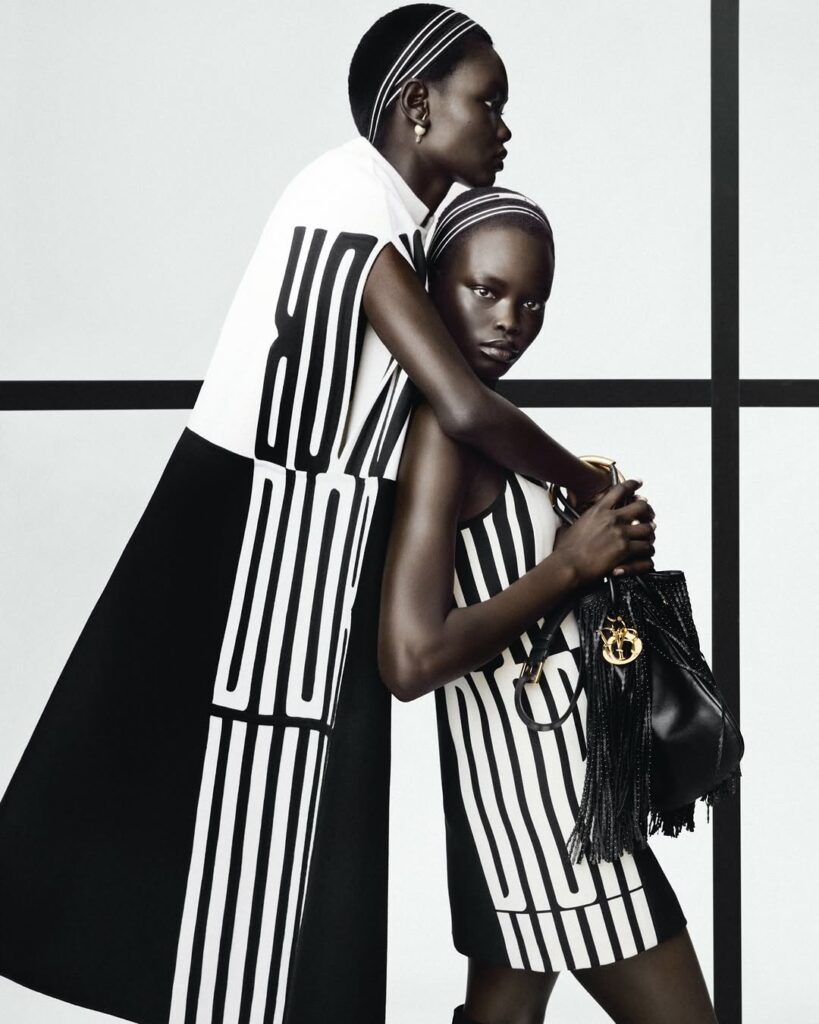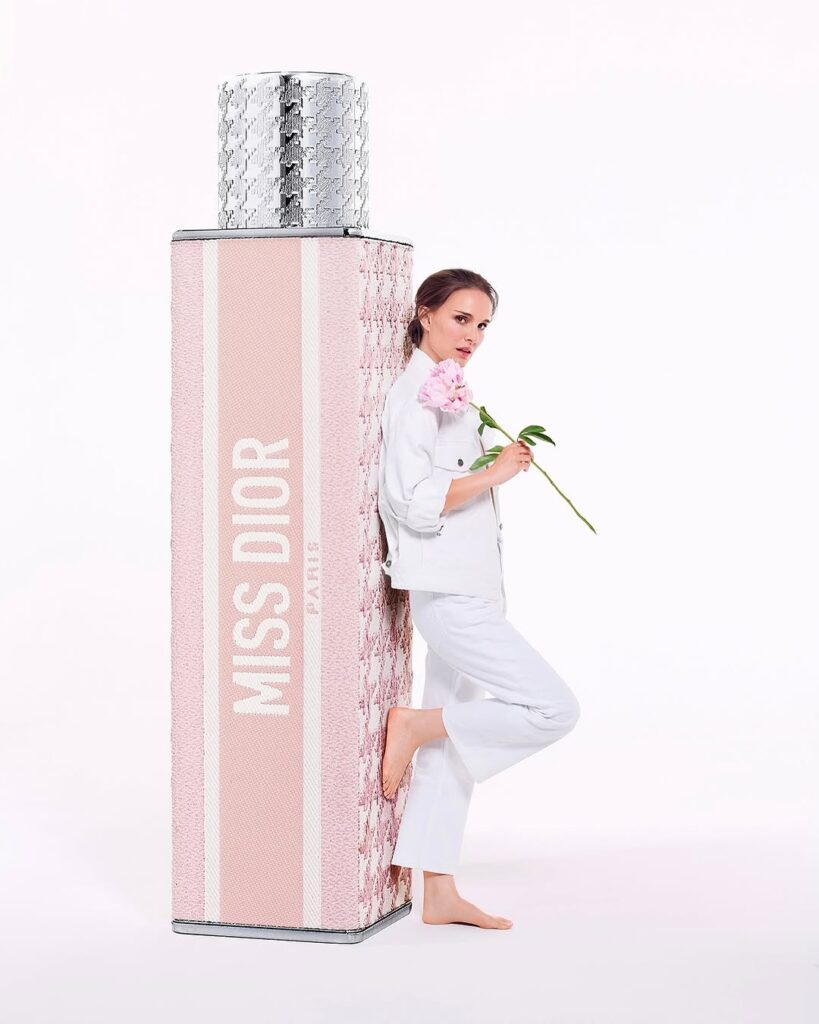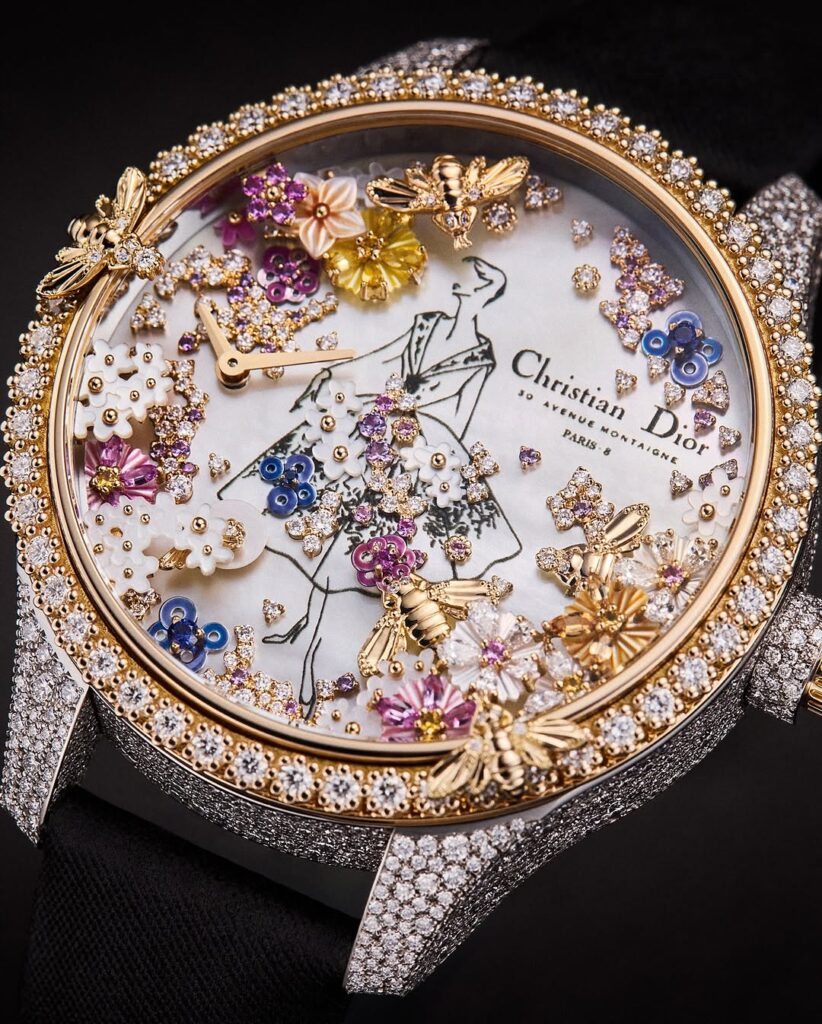Dior’s Timeless Evolution: How Strategic Vision and Innovation Elevated the Brand to Luxury Leader

Dior’s Timeless Evolution: How Strategic Vision and Innovation Elevated the Brand to Luxury Leader. Christian Dior, a name synonymous with elegance, luxury, and timeless design, stands at the pinnacle of the fashion world today. Yet, Dior’s journey from its humble beginnings to a global leader in the luxury goods industry was no accident. It was a careful combination of authenticity, innovative marketing strategies, and an unwavering commitment to craftsmanship and creativity. This article takes you through the defining moments, challenges, and breakthroughs that have shaped Dior into the powerhouse it is today—offering practical insights for aspiring entrepreneurs along the way.
The Beginning: Christian Dior’s Vision for Modern Luxury
The story of Dior’s rise begins in 1946, when Christian Dior, fresh off years of work at various fashion houses, launched his own brand in Paris. Dior’s first collection, showcased in 1947, famously introduced the “New Look,” a silhouette that revolutionized women’s fashion. The New Look’s full skirts, nipped waists, and soft shoulders marked a dramatic departure from the wartime austerity that had dominated the previous decade. This debut collection received overwhelming acclaim, cementing Dior’s reputation as a forward-thinking designer with an eye for elegance and sophistication.
Key Insight: Dior’s success began with a clear vision—creating designs that spoke to the desire for beauty and femininity in a world recovering from war. Entrepreneurs must recognize the mood and needs of their audience to develop a product that resonates at the right moment.

Defining Authenticity: Staying True to the Brand’s Core Values
As Dior expanded, authenticity became a key pillar of its brand identity. Christian Dior’s designs were not just about following trends; they were about creating timeless pieces that epitomized luxury. Dior understood the importance of maintaining the integrity of the brand, and this focus on quality craftsmanship and attention to detail became the cornerstone of its success. Dior’s commitment to high-quality materials, its meticulous approach to tailoring, and its ability to blend tradition with modernity set the brand apart from competitors.
Key Lesson: Authenticity is key to building a lasting brand. Dior’s success shows that staying true to your values and ensuring every product aligns with your brand’s identity is crucial for long-term success.
Strategic Marketing: Making Luxury Accessible Without Diluting Its Exclusivity
Dior’s marketing strategy has always been a masterclass in creating exclusivity while ensuring accessibility. Dior didn’t just rely on traditional advertising; it cultivated an aura of exclusivity by ensuring that its designs were only available to those who appreciated their craftsmanship. However, it also leveraged strategic partnerships, influential ambassadors, and limited-edition collections to keep the brand top-of-mind for affluent consumers. Dior’s ability to blend exclusivity with visibility made the brand desirable not just to a select few, but to a global audience.
Actionable Insight: Aspiring entrepreneurs can learn from Dior’s ability to create a brand experience that balances accessibility with exclusivity. Carefully curating the brand’s presence and partnering with key influencers can drive demand and elevate perception without overexposing the brand.

Expanding the Brand: Dior Beyond Fashion
As the brand grew, Dior expanded into new areas, solidifying its position in the luxury goods sector. In the 1950s, Dior ventured into perfume with the launch of Miss Dior, which became an instant classic. The fragrance line helped introduce the brand to a new demographic, and it solidified Dior as more than just a fashion house—it became a symbol of luxury that extended beyond clothing. This diversification strategy allowed Dior to broaden its appeal without compromising its image as a high-end, exclusive brand.
In the decades that followed, Dior expanded further into accessories, watches, and even skincare, making the brand synonymous with luxury in all aspects of life. Dior’s ability to diversify its product offering without diluting its core brand values of elegance and sophistication played a key role in its continued dominance in the luxury sector.
Key Insight: Diversifying into complementary product categories can help build a more resilient brand. Dior’s expansion into fragrance and accessories shows that growing a brand requires innovation and an understanding of your audience’s desires.
Navigating Challenges: Resilience in a Shifting Industry
Despite its successes, Dior faced challenges in an ever-changing fashion landscape. The first major turning point came with the death of Christian Dior in 1957, just a decade after the brand’s founding. The fashion world was left wondering how the brand would evolve without its visionary leader. However, Dior’s legacy was carried forward by its subsequent creative directors, who each contributed to the brand’s evolution while remaining true to its roots. Yves Saint Laurent, Marc Bohan, and John Galliano all took the helm at various points, ensuring Dior’s continued relevance and growth.
Throughout the years, Dior faced the challenges of maintaining its allure in an increasingly crowded luxury market. Yet, its resilience and ability to evolve with the times—without compromising on quality or craftsmanship—allowed it to stay at the forefront of the luxury goods industry.
Actionable Insight: In any business, leadership transitions can pose challenges. Ensuring that the core values of the brand remain intact while adapting to market changes is key to surviving and thriving through such transitions.

Embracing Innovation: Dior’s Forward-Looking Approach
While Dior has remained rooted in its heritage, it has also been forward-thinking, embracing technology and innovation to keep the brand relevant. In the digital age, Dior has made significant strides in expanding its online presence. The brand’s e-commerce platform and digital campaigns have made it accessible to a younger, global audience while retaining its luxurious, exclusive feel. Additionally, Dior’s collaborations with contemporary artists and designers—such as its partnership with artist KAWS—showcases its openness to innovation, while maintaining its image as a leading force in fashion.
Key Lesson: Innovation and digital transformation are critical to staying competitive. Dior’s ability to embrace technology and collaborate with modern artists while retaining its classic allure demonstrates the importance of staying relevant in a digital-first world.
Conclusion: Dior’s Enduring Legacy
Today, Dior stands as one of the most iconic luxury brands in the world, with a legacy that spans over 70 years. The brand’s success can be attributed to its unwavering commitment to quality, strategic marketing, innovation, and resilience. Dior’s journey provides valuable lessons for entrepreneurs: stay true to your vision, embrace innovation, diversify strategically, and build a brand that is both timeless and forward-thinking.
For aspiring entrepreneurs, Dior’s story is a reminder that success is not just about creating a great product; it’s about creating a brand experience that resonates with customers on a deeper level. It’s about understanding the market, remaining authentic, and evolving with the times, all while never compromising on your core values.
Final Thought: The key to building a successful brand lies in resilience, creativity, and a willingness to adapt while staying true to what makes your brand unique. Just like Dior, your brand can thrive by embracing change and crafting a legacy that lasts for generations.



